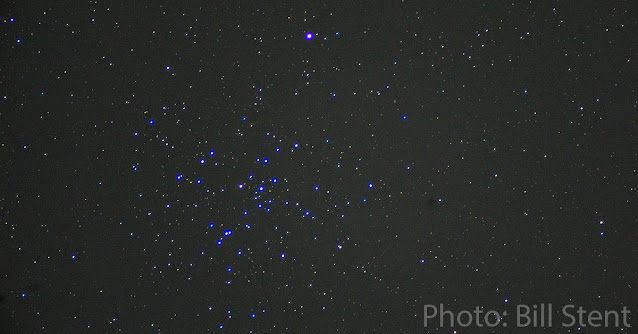Chromatic aberration in binoculars - what it is, and how high contrast only makes things worse

Chromatic aberration can have a significant effect on your binocular's performance, especially when looking at views with high contrast. it results in poor focus and colour fringing. This article explains what chromatic aberration is, and why high contrast makes things worse. When I'm talking about binoculars to customers, most often bird watchers, but also hunters, we often discuss how they might perform in high contrast environments. What, you may ask, are these? And why is it important? The answer is associated with chromatic aberration . A while back, I was out at Lake Acraman in the South Australian outback. We were out for geology, but of course, we were also looking for birds. Because we were in the desert, the sun was shining strongly, and the shadows cast by the trees are deep and sharp. My mate Dean had a pair of Vortex Razor binoculars - a magnificent tool. Being newer to birding, on the other hand, I had a far less salubrious pair - a stopgap while I saved ...







